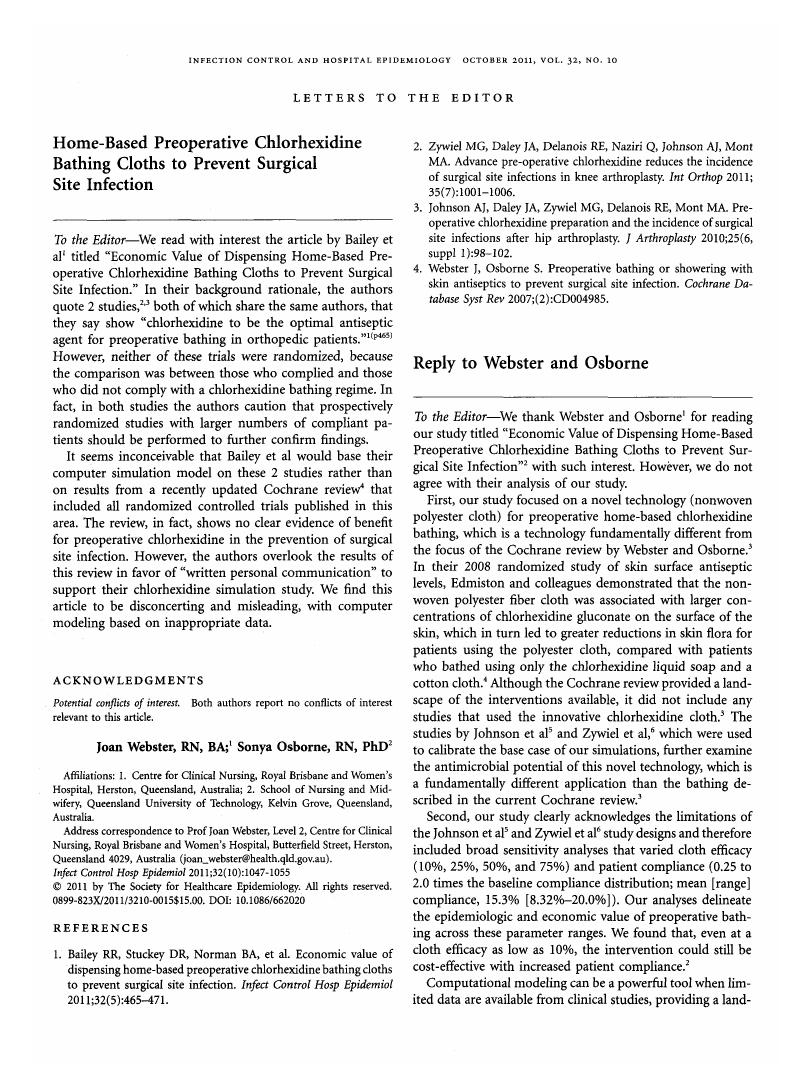Affiliation: Section of Decision Sciences and Clinical Systems Modeling, University of Pittsburgh, Pittsburgh, Pennsylvania
Department of Biomedical Informatics, University of Pittsburgh, Pittsburgh, Pennsylvania
Department of Epidemiology, University of Pittsburgh, Pittsburgh, Pennsylvania
